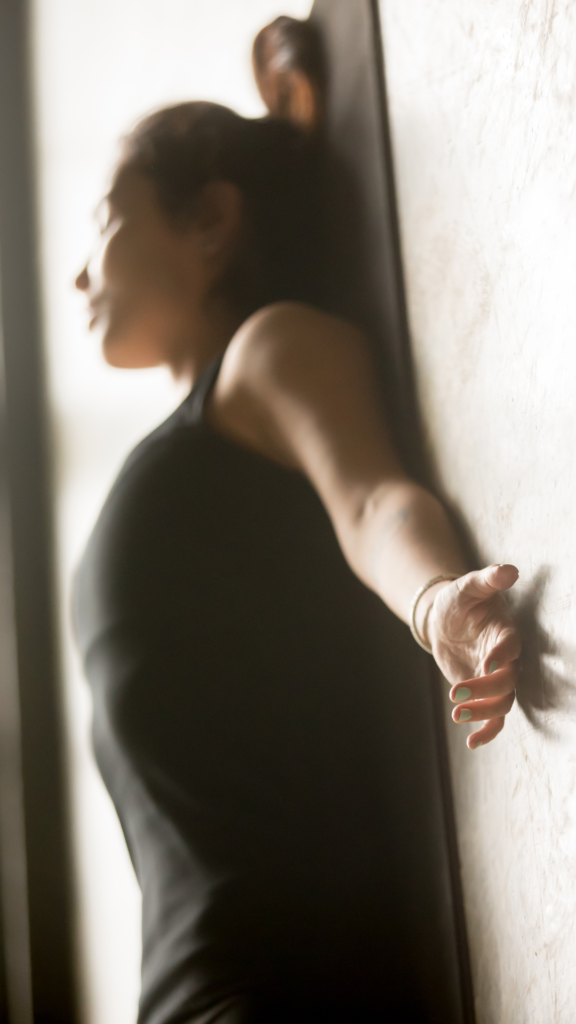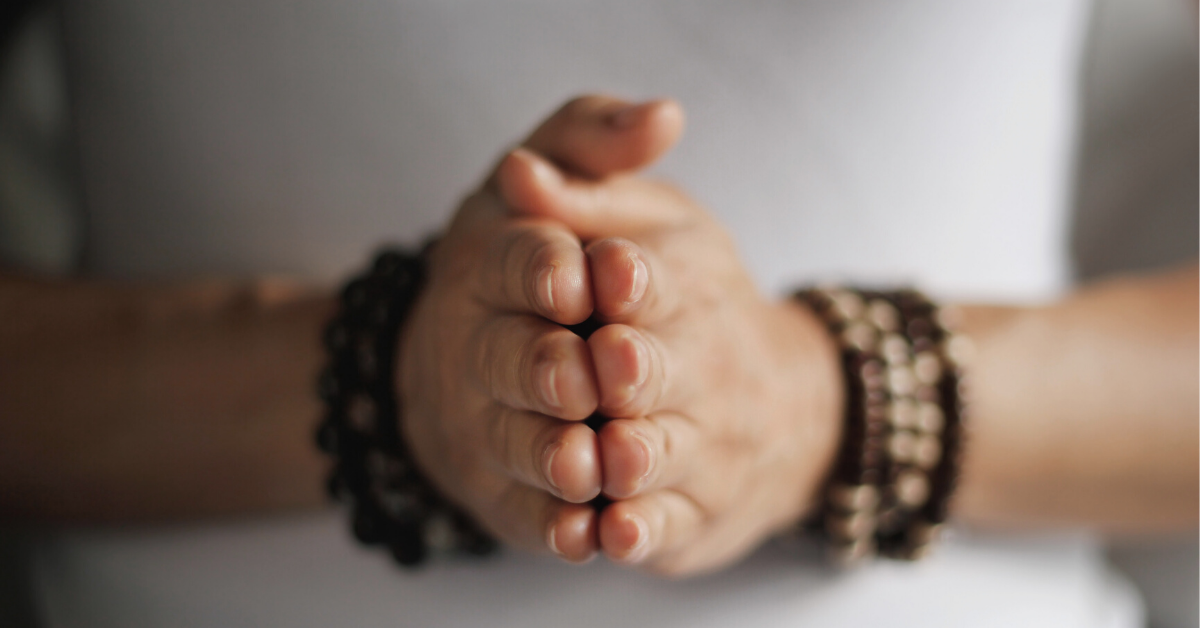ALL ABOUT MEDITATION
May is National Mental Health Awareness Month and we are showing you how to use Woodside to boost your mental health. Meditation is a great way to become more aware of your mind body connection to help navigate through some of life’s challenges and uncertainties. With a better understanding of how your body reacts to some of life’s common stressors you can then, with practice, start to change the way in which you react to them when confronted with those stressors in your daily life.
WHAT IS MEDITATION AND WHERE DID IT START?
While it is hard to pinpoint an exact date in which meditation practices started, it has been traced throughout the world by many cultures and civilizations as far back as 5000 BCE. One of the most prominent examples of meditation used in history is with the Buddha, Siddhartha Gautama. Meditation and/or mindfulness became more popular in western civilizations in the 1970s and is still used widely to combat stress and anxiety today.
Meditation is a skill that takes practice with the goal of helping you connect more with your body and become more aware of your thoughts and feelings so that you can help control them when life’s stressors come your way. There are many types of meditation such as: mindfulness, spiritual, visualization, guided or movement just to name a few. Meditation can be as quick as focusing on your breathing for five minutes, or a two-hour guided meditation – there is no right or wrong way to meditate, it’s all about finding the right meditation practice to fit your needs such as a yoga class.
HOW DO YOU BEGIN TO PRACTICE IT?
Getting started with meditation can be difficult for some. We are not used to shutting our mind off, sitting still in silence and focusing on our breathing and only our breathing. The most important thing is redirecting those wandering thoughts when you notice them creeping in and return to focusing on your breath. Learning to meditate and becoming more mindful is a marathon not a sprint, so it is important to remember to give yourself grace when starting your meditation practice. An easy way to practice meditation is with the body scan technique or taking a yoga class. Yoga is a great way for those new to meditation to begin to practice as it incorporates meditation and breathing.

BODY SCAN TECHNIQUE
Close your eyes and imagine your body. Then, starting at the top of your head begin to mentally scan your body working your way down from head to toe. As you scan, notice which parts feel relaxed or tense, comfortable or uncomfortable, light or heavy or feel off in general. Take note of what you notice as you scan. Are you clenching your jaw? Are your shoulders tense? Does it hurt your hips to lay down? The scan should take about 20 seconds. Thoughts may well arise and distract you. If so, simply return to the area of the body where you last left off. In making the body scan a part of your meditation, you are familiarizing yourself with bringing awareness to your thoughts and feelings. Soon, you can start to adjust those areas that might feel off and can implement a body scan into your daily routine.
WHAT ARE THE BENEFITS OF MEDITATION?
The benefits of meditation are numerous and varied and can have a large impact on your mental, emotional and physical health.
PHYSICAL

When we carry too much stress it can create a multitude of negative impacts on the body. It can raise our blood pressure, disrupt our immune system and impact our sleep. When the mind and body are relaxed through meditation or other techniques the parasympathetic system is stimulated which stops the body from producing stress hormones. With regular meditation practice many people can start to regulate and condition their body to relax when they encounter a stressor, thus combating the negative effects of holding onto stress.
EMOTIONAL

Meditation helps to decrease negative neurological connections to the part of our brain that focuses on ourselves (medial prefrontal cortex). Here, we hold onto all of our fears, stresses and anxieties. With the decrease in these negative connections your brain can also start to rewire our brain by building positive neurological connections which can help us increase our emotional regulation, memory, focus and ability to make decisions. Meditation also helps us combat our negative emotions and understand that they will eventually pass – thus, we can start to learn how to change and adjust our negative mindsets and perspectives for more positive ones.
MENTAL



